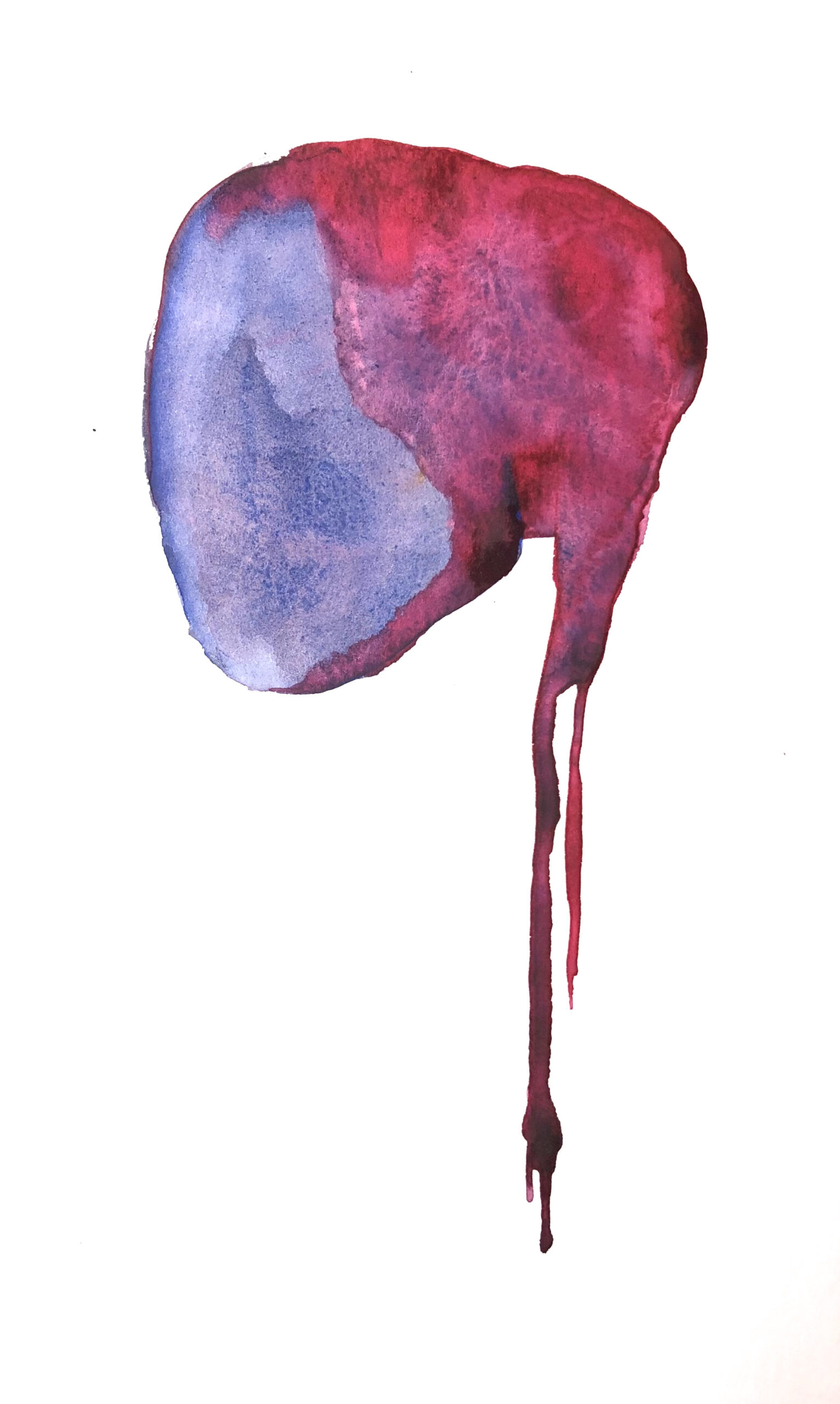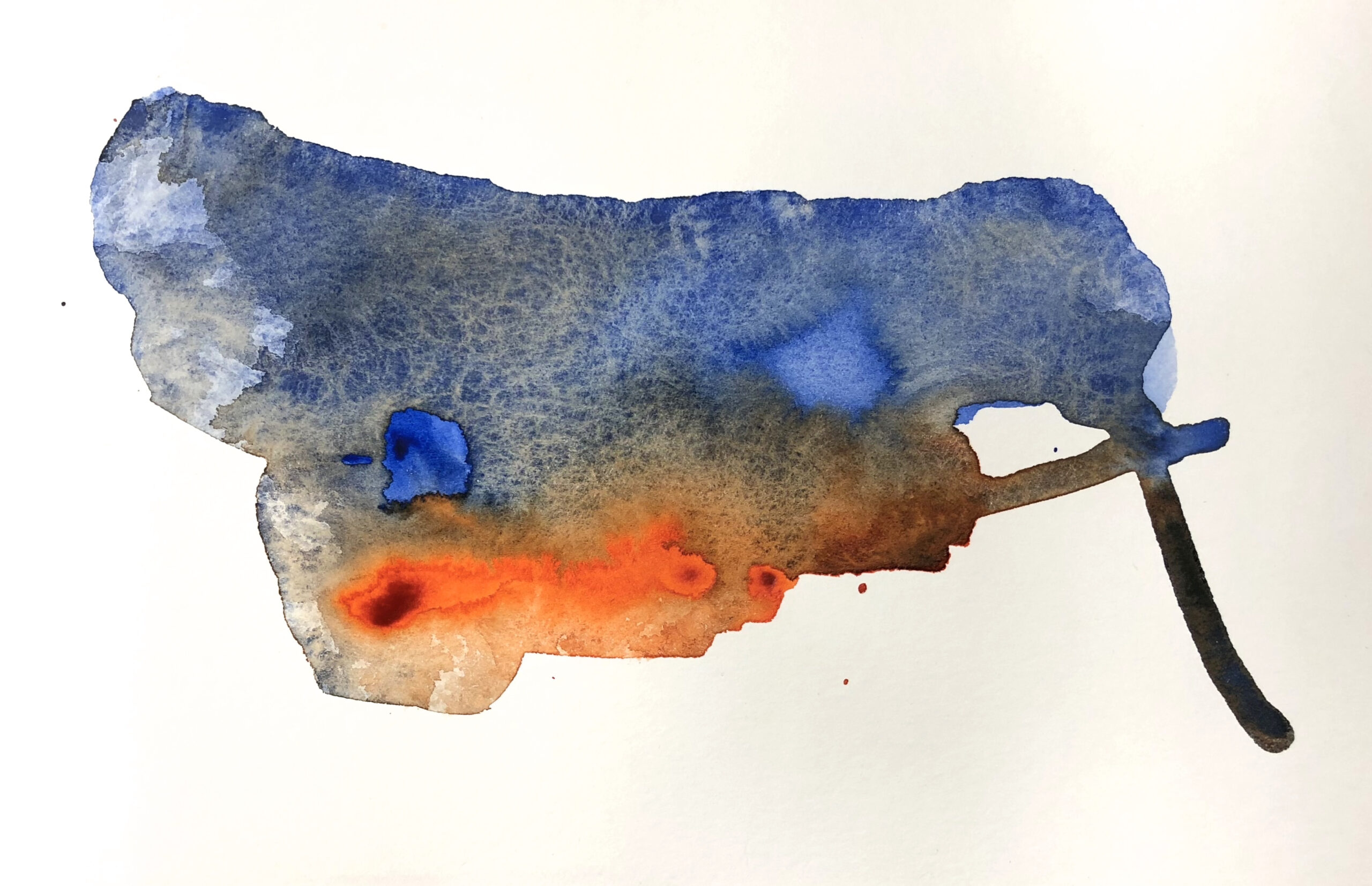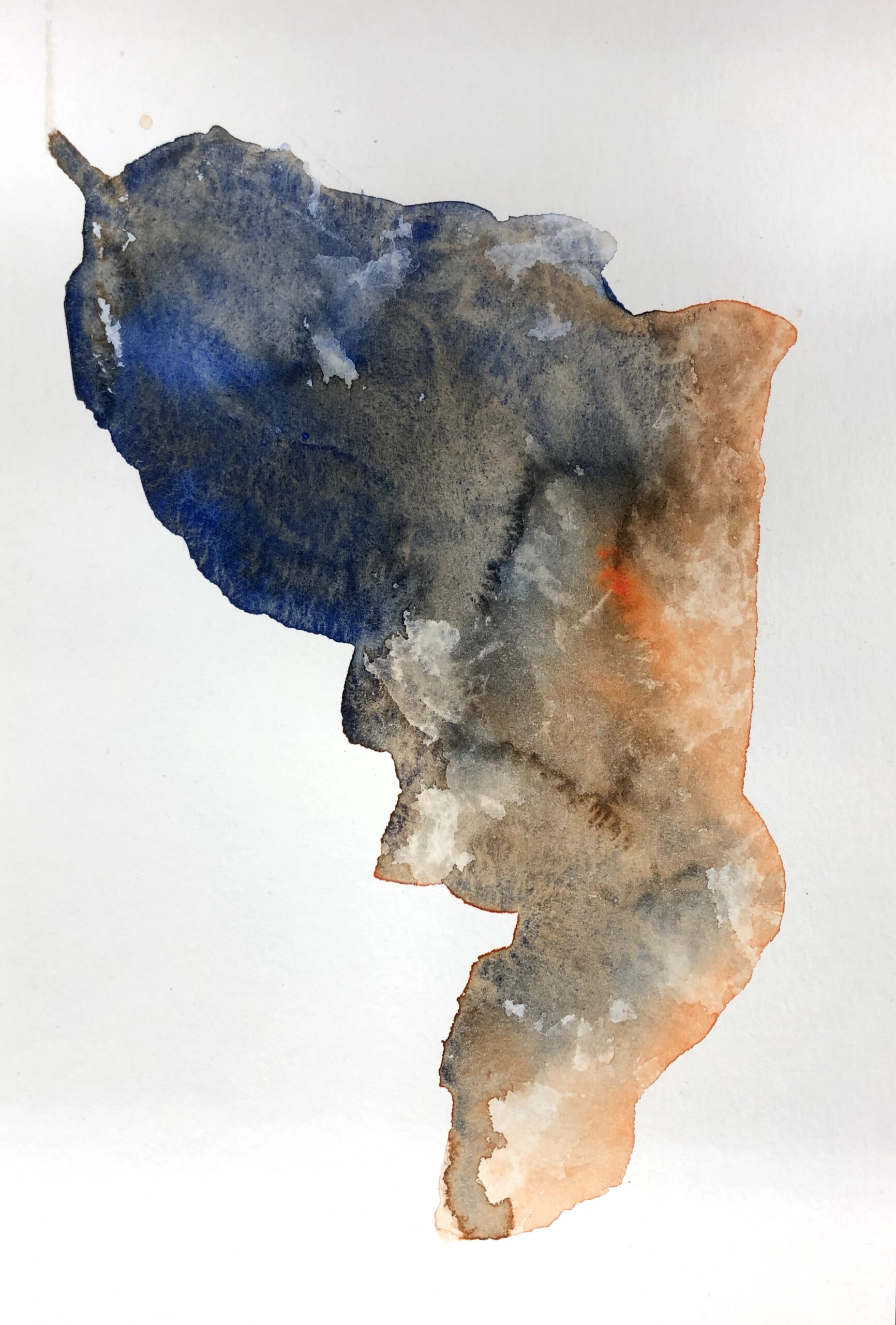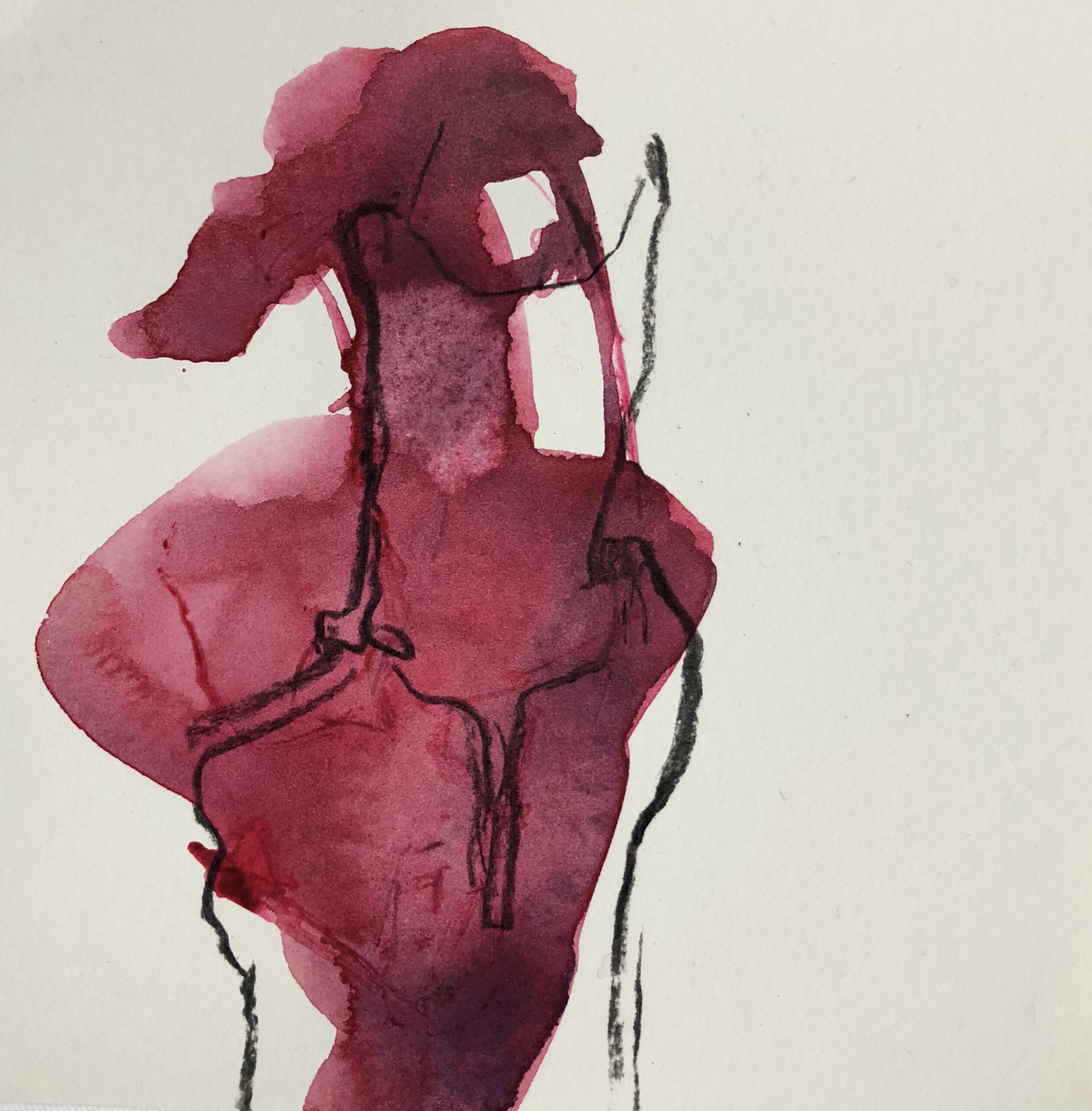SOLITUDE & MERGING
„Imagining: life is a coexistence of random moments, which only come into being as a life story by looking back and remember the past. We are used to fix moments in life as part of a linearly evolving life, as if life itself was something fixed, predictable and not that, what it really is: a constant process of becoming, through ourselves and through connections and relations to the others. Life is a constant motion and a flow of emotions. It’s captivating to me and that’s why I am so fascinated to explore it through my art,“ says Albina Rolsing about the idea behind her series Solitude & Merging.
For Albina Rolsing this view of life is artistically a source of inspiration. It requires inner poetic images to be able to paint and draw this conception of reality. In the Solitude & Merging, she expresses the associated experiences with remarkable sensitivity by exploring the space between becoming self, being alone and the longing for intimacy and closeness through her abstract imagery.
“I’m interested in human experiences and the feelings that go with them,” says Albina. She does not implement these in a classic, symbolic way, especially not as illustration of emotional states. She provides an understanding of body-awareness which is much more elementary and freer by focussing on colour and shape. The body is characterized by omission rather than wholeness. Her aesthetic diversity ranges from a shadowy figure, a torso, a body part to an amorphous shape. Colours and shapes merge by approaching, gentle touching and moments of converge. A subtle poetry forms the basis of all the works: Existence is composed of blurring, jumps, flowing transitions and a complex openness.
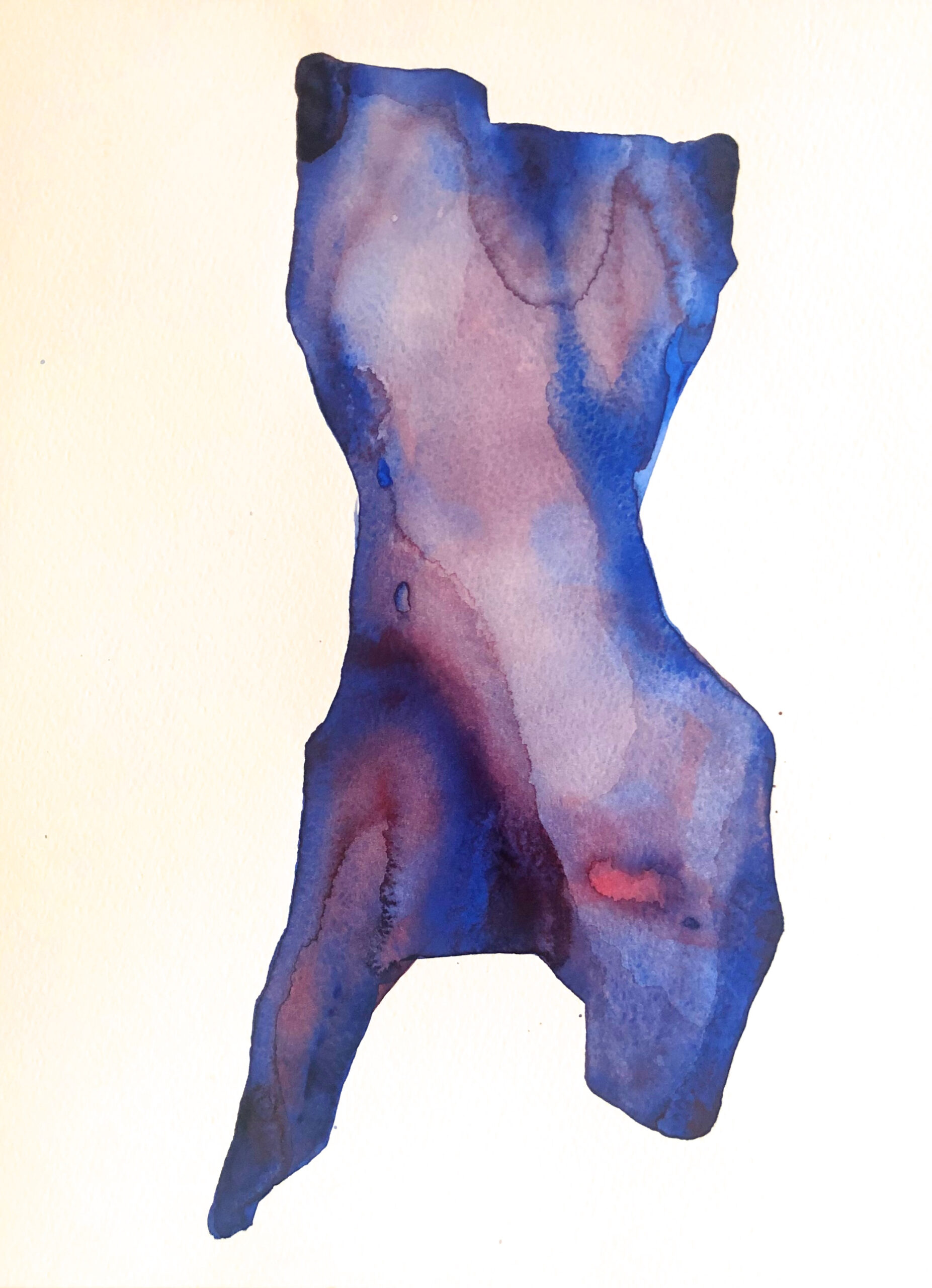
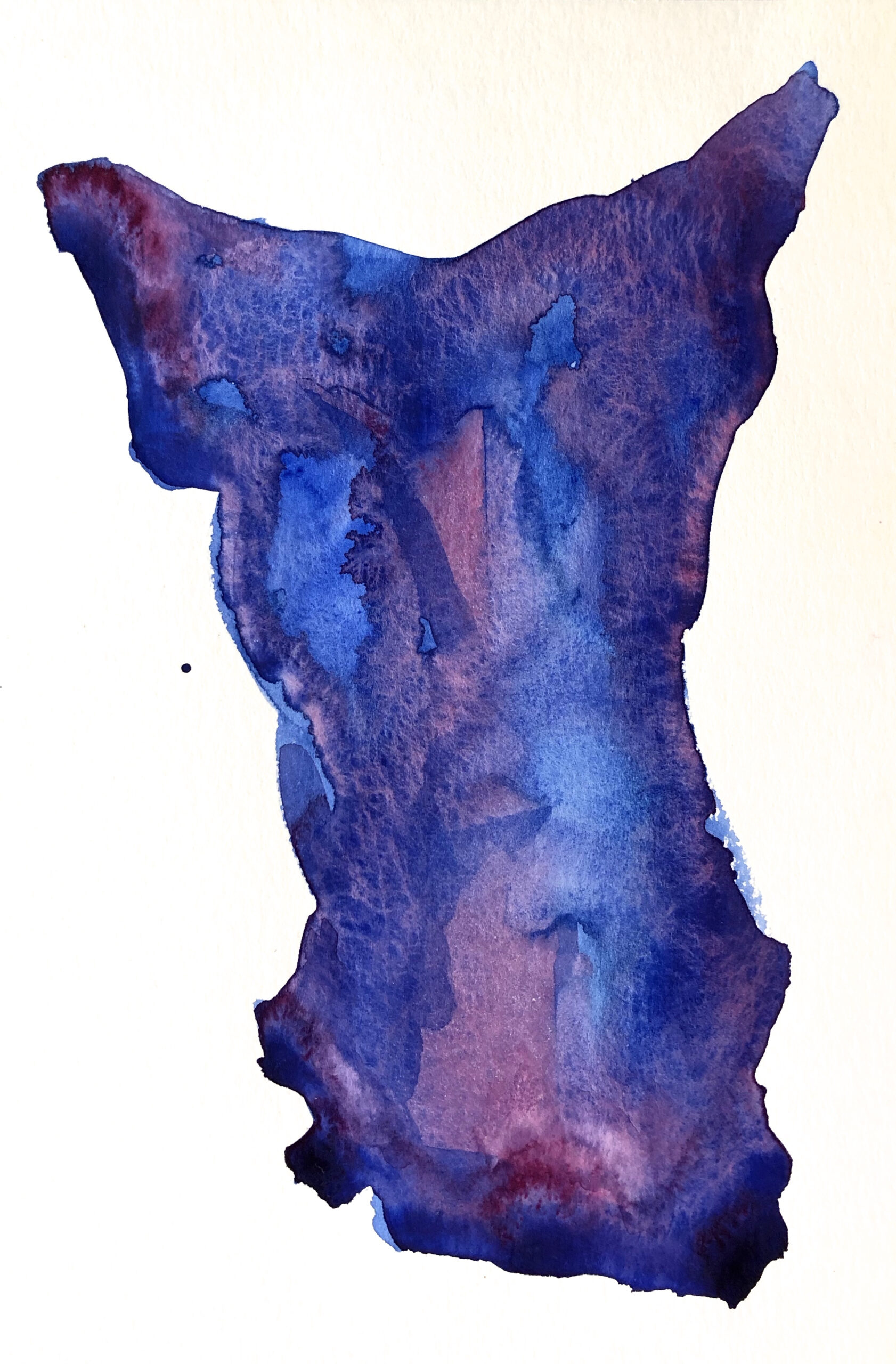
In combination with the abstract body, the artist uses colour as her essential carrier of meaning. Scarlet red colour fields are often associated with intense sensuality and vitality. Her blue relates to freshness, strength and a depth of oceanic feeling. The intertwined bodies thus become creatures as well, which can trigger both irritation and fascination.
– Oliver van Essenberg
